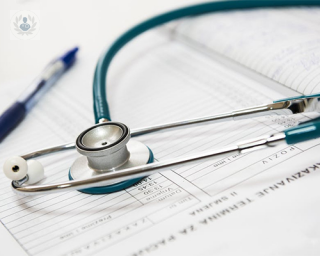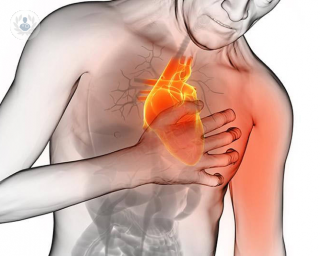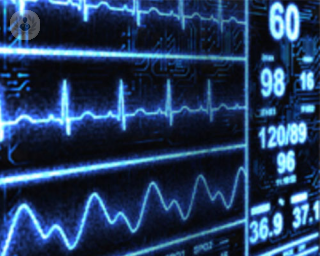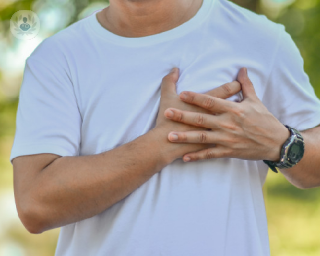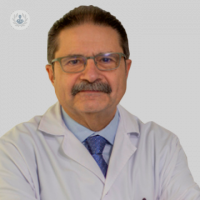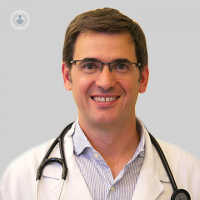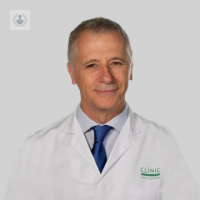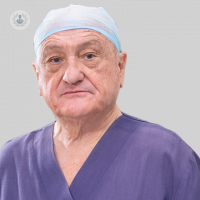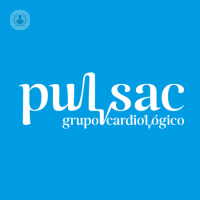Atrial fibrillation
AF is the most frequent arrhythmia in daily clinical practice with a high incidence of health in terms of social cost to the point of being considered a health epidemic, representing a very high volume of hospital admissions and increasing up to five times the potential risk of To suffer a stroke in the people who suffer it, therefore requiring in a very high percentage of oral anticoagulation cases. AF is a rapid flutter of the atria, generating a high number of electrical impulses that pass to the ventricles irregularly, producing the perception of a rapid and arrhythmic pulse. As a consequence of this arrhythmia, two other types of phenomena of enormous transcendence in the individual and potentially in society and in their surroundings occur in addition to the rapid and irregular pulse. On the one hand, the loss of normal and synchronous atrial contraction with the ventricles implies a significant reduction in the mechanical efficiency of the heart as a pump, contributing to a greater degree of fatigue and fatigue, and on the other hand, this atrial flutter allows the backflow of the heart. Blood in its interior, facilitating the blood coagulation and therefore the formation of thrombi in its interior that if they move to the circulatory torrent, can produce a stroke. However, although the atria is the one that suffers the problem, the initial origin of the onset of this heart rhythm disorder originates predominantly in the pulmonary veins. Patients with this cardiac rhythm disorder are usually born with muscle fibers that abnormally connect the pulmonary veins to the left atrium and are potentially activatable in response to a series of point stimuli or specific clinical conditions, modulated very importantly by the influence Of the autonomic nervous system, which is the visceral nervous system, that of the emotions, (which we can not control), playing this, a role modulator frequently in the abnormal electrical activity of the pulmonary veins that can at a specific moment activate electrically Anomalously and generate between 300 and 600 electric pulses per minute that literally "bombard" the left atrium, causing it to lose normal heart rate and initiating this flutter.
